Leaves, Life force, and Limits
It inevitably happens every year around this time. I notice it within myself and I hear about it from a handful of clients. This sense of irritability or having a short temper with loved ones, low energy, aches, wanting to stay in bed, and wanting more comfort foods or caffeine. The darker months and shorter days bring these symptoms on, and they are known as the winter blues or Seasonal Affective Disorder (SAD). The winter blues affects 10-20 percent of the population and SAD affects 4-6 percent of the population. If we have either of these, it means our health is affected by the seasons. It is real, treatable, and more common than most people think.
I’ve compiled some tips to help those who struggle ease into this time with gentleness and understanding.
~Learn from nature. Nature understands and mimics, on a consistent basis, the ebbing and flowing of something called life force. Trees shed their leaves so they don’t have to use energy in the cold weather to care for them. They can focus all their energy on their trunks and roots. No flowers try to bloom in the cold climate. Animals go into hibernation where they don't have to hunt to expend energy. Nature doesn’t fight what is. We can learn a lot from this, knowing that this is a time where things will look differently, feel differently, and respond differently. Once we let this reality set in, it’s a lot easier to care well and manage expectations we have for ourselves.
~Be vigilant of not compounding the symptoms with shaming or judgmental thoughts. We can exacerbate already tough-to-manage systems with questions and labels. We say things like “Why am I feeling this way?” “How long will it last?” “I should have more energy.” Contending with all of these questions and labels simply takes more energy from our already depleted energy stores. It’s a reminder that we are not what we do, and that even if we are functioning at 70-80 percent, we are still worthy of all the love as ever before.
~Don’t try and match your energy output levels of other seasons. One reason for an increase of caffeine, alcohol, and sugar/simple carb intake during this time of year is because we want quick energy. We think we are supposed to feel the same way we do in other seasons so we try and actualize that with quick energy sources. Replace these with tonics, warm soups, lots of water, more rest, more color (flowers, art, food, etc), and moving your body. These can boost serotonin and energy levels without creating fluctuations in our blood sugar levels. Our mood and energy stay more stable through our self-care choices.
~Continue to stay in contact with your PCP. Sometimes SAD can actually mimic another underlying condition, like Clinical Depression or a thyroid or adrenal disorder.
~ Sometimes it’s not SAD or winter blues, but something more. Sometimes going home or being around family for the holidays brings up a lot of pain or anxiety. Be vigilant of this within yourself and know it’s very common. Don’t be afraid to set boundaries (these may need to be rehearsed before hand), set limits, up the self-care routine, and possibly seek out a therapist to help you relate to your family in healthier ways. Holidays can also trigger grief and feel like a fresh layer has been peeled off our grief work. Losses and trauma are often re-awakened during this time. Take a step back and check in to see what you need to feel cared for and supported if this is happening. This is normal and natural to have this happen and there is help and healing available.
For more ideas on treating the Winter Blues and SAD, click here.
